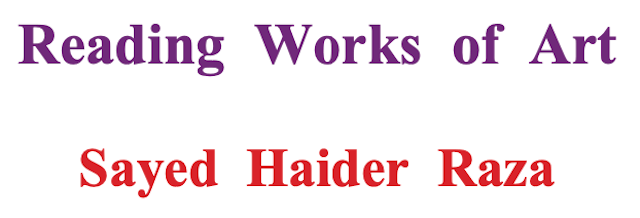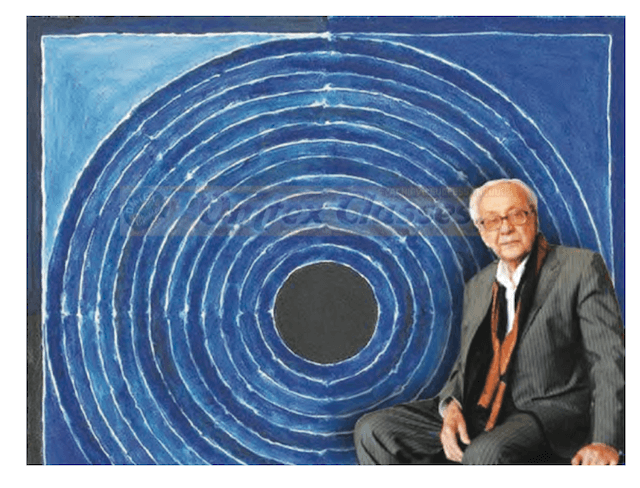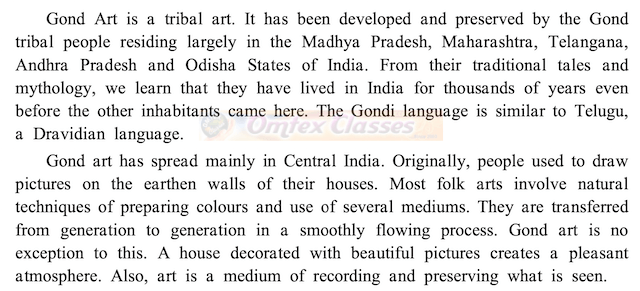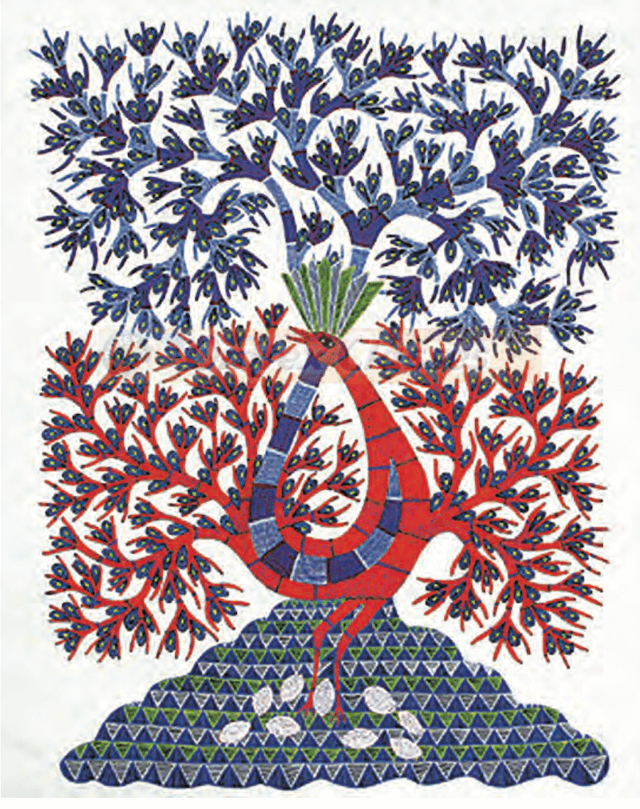Chapter 3: Reading Works of Art
Complete the following idioms using the appropriate colour term.
give someone a ______ look (a look of anger, dislike, etc.)
OPTIONS
blue
black
green
red
the ______ sheep (of the family) a person who brings disgrace (to the family).
OPTIONS
blue
black
green
red
a ______ list (a list of defaulters).
OPTIONS
blue
black
green
red
a ______ belt (area of fields, woods, etc. around a city).
OPTIONS
blue
black
green
red
to have ______ fingers (be good at gardening).
OPTIONS
blue
black
green
red
be ______ with envy (feel very jealous).
OPTIONS
blue
black
green
red
give someone/get the ______ signal (give/get permission to do something).
OPTIONS
blue
black
green
red
a bolt from the ______ (a sudden shock, surprise).
OPTIONS
blue
black
green
red
out of the ______ (suddenly, unexpectedly).
OPTIONS
blue
black
green
red
once in a ______ moon (very rarely).
OPTIONS
blue
black
green
red
once in a ______ moon (very rarely).
OPTIONS
blue
black
green
red
______ blood (royal blood, aristocratic origin).
OPTIONS
blue
black
green
red
______ eyed boy (favourite person).
OPTIONS
blue
black
green
red
catch someone ______ handed (catch someone in the act of doing something wrong).
OPTIONS
blue
black
green
red
roll out the ______ carpet (give a special welcome).
OPTIONS
blue
black
green
red
a ______ herring (something that diverts attention from the main issue).
OPTIONS
blue
black
green
red
see ______ (become angry).
OPTIONS
blue
black
green
red
What are you reminded of when you think of the following colours.
purple
orange
yellow
pink
white
SOLUTION
Do it Yourself.
Spot the error in the spelling of the following words with reference to the passage and rewrite them correctly.
SOLUTION
Complete the following with reference to the passage.
SOLUTION
Characteristic features of Raza's paintings :
Simple - geometric shapes.
Striking - colour combinations.
Captivating - compositions.
Colours - blue and orange.
Complete the following diagram.
SOLUTION
Variation in drawing - differs from artist to artist.
Texture designs - include dots, straight lines, dotted lines, curvy shapes, and circles.
Developed and preserved by - Gond tribal people from Madhya Pradesh primarily.
A medium of - recording and preserving what they see.
Preparing the canvas (Medium) - the surface on which to draw.
Preparing colour - using soils of different shades, juice of plants, leaves, tree barks, flowers, fruits, coal, and cow dung.
Outlines - may vary but the designs make the whole picture beautiful and amazing.
Complete the following with reference to the passage.
Raza’s paintings do not depict ______________.
SOLUTION
Raza’s paintings do not depict lifelike human figures or copies of scenes from his environment.
Raza’s paintings are done in the _________ style.
SOLUTION
Raza’s paintings are done in an abstract style.
Raza’s paintings are not inspired by _____________.
SOLUTION
Raza’s paintings are not inspired by any external factor.
Raza’s paintings present images from his own ___________.
SOLUTION
Raza’s paintings present images from his own inner mind.
Raza’s paintings radiate _____________.
SOLUTION
Raza’s paintings radiate peace and life at the same time.
The ___________ became the core of Raza’s paintings.
SOLUTION
The Bindu or point became the core of Raza’s paintings.
For an artist like Raza, his work, or paintings are an effective ________________.
SOLUTION
For an artist like Raza, his work, or paintings are an effective medium of communication.
Write about the following important features of Gond art with the help of the passage.
SOLUTION
In Gond art, the artist prepares the canvas. Things in nature like soils of different shades, the juice of plants, leaves, tree bark, flowers, fruits, and even things like coal and cow dung are used to prepare colours. The designs include simple textures achieved using dots, straight lines, dotted lines, curvy shapes, and circles. Special attention is given to the choice of various colours so that the total effect is amazing and beautiful.
Why does the author think that the roots of folk art lie in women’s chores?
SOLUTION
The roots of folk arts probably lie in women's daily chores like cleaning and decorating the house, dealing with natural colours m the course of cooking and in their leisure time activities.

SOLUTION
geometry - circles, triangles, squares, rectangles, lines, dots.
From the passages, list the words related to - colours.
SOLUTION
colours - red, blue, orange, green.
From the passages, list the words related to - designs.
SOLUTION
designs - dots, straight lines, dotted lines, curvy shapes, and circles.
These two passages are examples of a short introduction to works of art - a short review. They cover the following points:
The creator
The theme or subject matter
Type of art
Individual style
Presentation techniques
Its effect on viewers
Message or interpretation
Compare the points with those you used for a book review and the review of a play. Present the comparison in the form of a chart.
SOLUTION
Using the information given in the passage, write a short note on the following in your mother tongue.
The paintings of Raza
SOLUTION
Do it Yourself.
Gond art
SOLUTION
Do it yourself.
Gather information on any one of the following by talking to your elders, family members, and from other sources in your mother tongue and write a short note on it in English.
A special type of embroidery
SOLUTION
A special type of embroidery
A Special type of embroidery is 'Kasuti', a traditional and intricate form of embroidery. There are no knots used to ensure that both sides of the cloth look alike. Traditional motifs like chariots, lanterns, etc, are used.
A special dish that is prepared on a special occasion at home.
SOLUTION
A special dish that is prepared on a special occasion at home.
This dish is called 'Madgane'. It is made on festivals like Gudi Padwa. it is made from channa dal, jaggery, and coconut milk, Cashews, raisins, and cardamom are added to it. It tastes wonderful.
Something that you use to decorate your home on special occasions.
SOLUTION
Something that you use to decorate your home on special occasions.
On festivals like Gudi Padva and Dassera, garlands made from mango leaves and marigold flowers are used to decorate the entrance of our home.
Read the following from the Language Study pages:
adjective clause
adverb clause
noun clause
Find one example of each from the passages. (Note the linking word when you do that.)
SOLUTION
Adjective Clause - My work is my own inner experience and involvement with the mysteries of nature and form which is expressed in colour, line, space, and light.
Linking word: whichAdverb Clause - They originate when the artist tries to peep into his own inner mind.
Linking word: whenNoun Clause - We realise that the painting is a visible form of very deep thought.
Linking word: that
Balbharati Solutions for English Kumarbharati 9th Standard Maharashtra State Board
• Chapter 1.2: A Synopsis-The Swiss Family Robinson
• Chapter 1.3: Have you ever seen...?
• Chapter 1.4: Have you thought of the verb ‘have’
• Chapter 2.2: A True Story of Sea Turtles
• Chapter 2.3: Somebody’s Mother
• Chapter 2.4: The Fall of Troy
• Chapter 2.6: The Past in the Present
• Chapter 3.2: Reading Works of Art
• Chapter 3.3: The Road Not Taken
• Chapter 3.4: How the First Letter was Written
• Chapter 4.2: The Storyteller
• Chapter 4.3: Intellectual Rubbish
• Chapter 4.4: My Financial Career
.



































